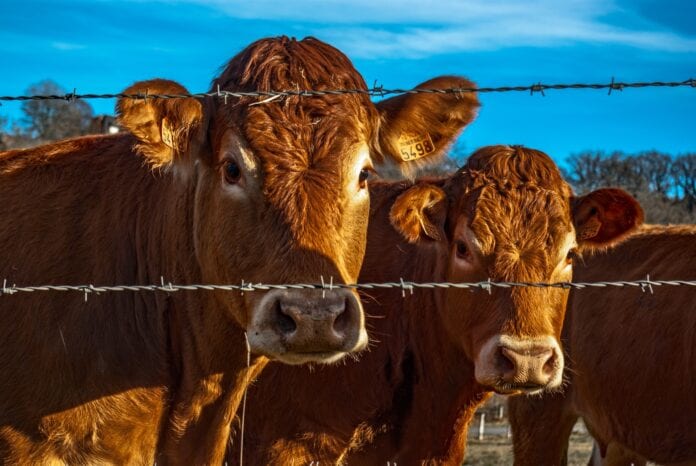STOCKTON, Mo. – “Summer time brings on factors that lead to anaplasmosis in cattle operations,” says Patrick Davis MU Extension Livestock Field Specialist. Anaplasmosis can negatively impact cattle operation performance due to calf abortions, decreased weight gain, bull infertility and animal death. Therefore, Davis urges cattle producers to manage cattle operations to reduce the incidence of anaplasmosis. Below, he discusses the disease and management strategies to reduce its negative impact.
“Anaplasmosis is caused by red blood cells being infected by blood parasite Anaplasma. A. marginale,” says Davis. That infection causes an immune response, destroys red blood cells and leads to anemia in cattle. To lower the cattle herd incidence of anaplasmosis, Davis urges cattle producers to reduce modes of transmission which includes ticks, flies, and mechanical vectors.
“Summer brings flies and ticks so control is needed to reduce cattle herd anaplasmosis incidence,” says Davis. Methods of control include backrubbers, dust bags, insecticide tags/strips, insecticide sprays, and oral larvicides. Davis urges incorporation of these methods to control external parasites and reduce herd anaplasmosis.
“If anaplasmosis is a problem in your cattle operation consult your veterinarian to develop strategies to reduce the problem,” says Davis. Anaplasmosis can be transmitted through needles and other equipment during cattle vaccination and processing. Feeding chlortetracycline during fly and tick season is helpful in controlling herd anaplasmosis. However, this strategy requires veterinary approval in the form of a veterinary feed directive. Davis urges cattle producers to utilize this feeding strategy as well as other veterinary suggestions on cattle vaccination and processing equipment to reduce cattle herd anaplasmosis.
“Anaplasmosis negatively impacts cattle operation performance and profitability,” says Davis. Therefore, he urges cattle producers to contact their local MU Extension Livestock Field Specialist for more information on anaplasmosis and how to reduce the disease in their cattle herd.


















